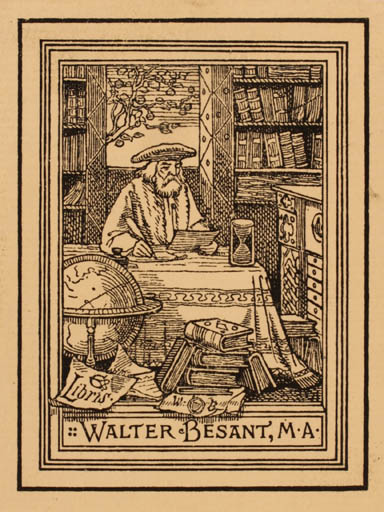


The only rules a novelist needed to follow were to insist that his novel “be interesting” and that it be “as complete as possible-to make as perfect a work.” For that to happen, “A novel ought to be artistic,” James argued, and “artistic preoccupations, the search for form” rather than the application of formulas, was what artists did: “The ways in which it is at liberty to accomplish this result (of interesting us) strike me as innumerable and such as can only suffer from being marked out, or fenced in, by prescription.”Ī formula is only as good as the novelist’s understanding, and insofar as a formula is a substitute for that understanding, the novel will be incoherent: “But there is as much difference as there ever was between a good novel and a bad one: the bad is swept, with all the daubed canvases and spoiled marble, into some unvisited limbo or infinite rubbish yard, beneath the back-windows of the world, and the good subsists and emits its light and stimulates our desire for perfection.” It is not a formula that a reader looks for in a novel it is “a particular mind, different from others,” and “no good novel will ever proceed from a superficial mind.” The quality of the novelist’s mind, the novelist’s moral sense, would furnish the moral purpose a novel needed far better than an arbitrary formulaic moral: An art of fiction, rather than formulaic laws of fiction, would produce the best results. James argued instead for the freedom of the novelist to shape a novel from imagination.


James, who by 1884 had published seven novels, including The Portrait of a Lady, forty-six works of short fiction including “Daisy Miller,” and five works of nonfiction, was concerned that Besant’s formulaic approach to English literature would stymie creativity. Besant gave a lecture at the Royal Institution entitled, “Fiction as One of the Fine Arts,” and argued for a formulaic approach to novel writing-“laws of fiction may be laid down and taught with as much precision and exactness as the laws of harmony, perspective, and proportion.” Essential to the laws of fiction, Besant proposed, would be that novelists write only from personal experience that characters be only those recognizable from “actual life ” that the novelist’s gender, geography, and social class all confine the scope of his or her horizons: “a young lady brought up in a quiet country village should avoid descriptions of garrison life,” was one such prescription, as was “a writer whose friends and personal experiences belong to the lower middle-class should carefully avoid introducing his characters into Society ” and that a novel written in English should be didactic, possessing a “conscious moral purpose.” Henry James wrote his essay “A Lecture on the Art of Fiction” in 1884 in response to novelist Walter Besant.


 0 kommentar(er)
0 kommentar(er)
